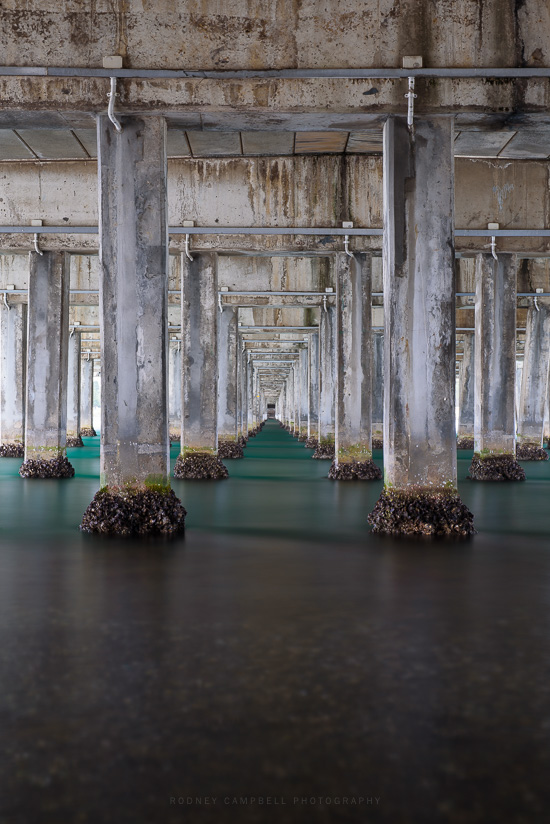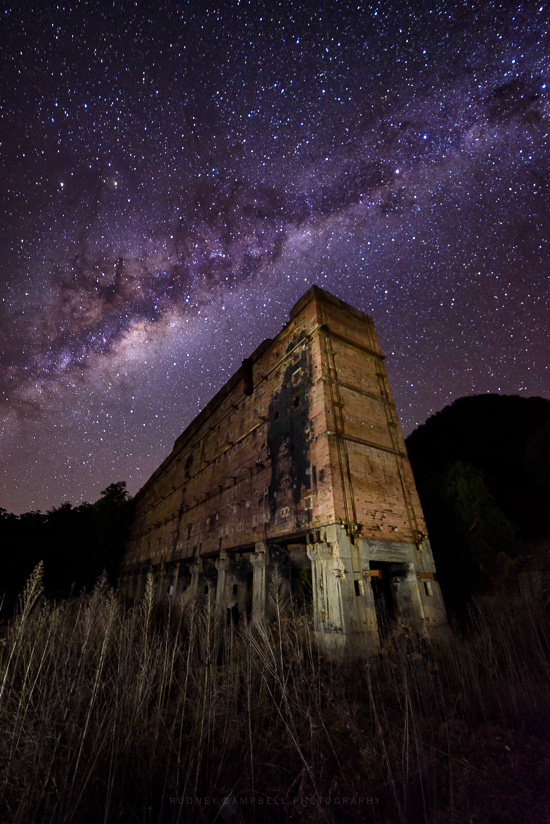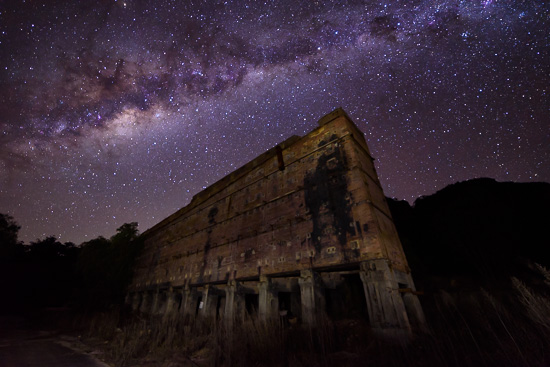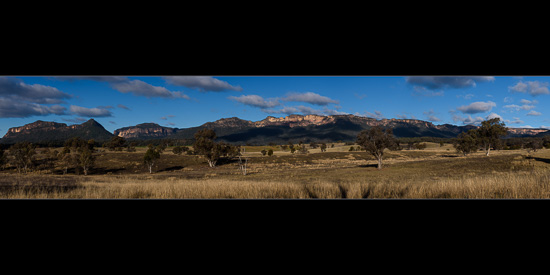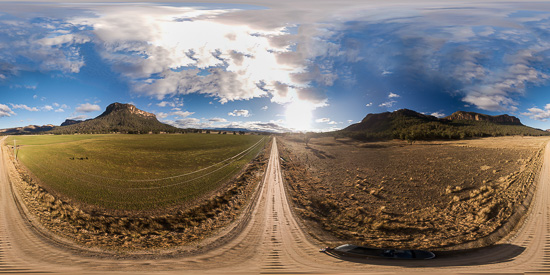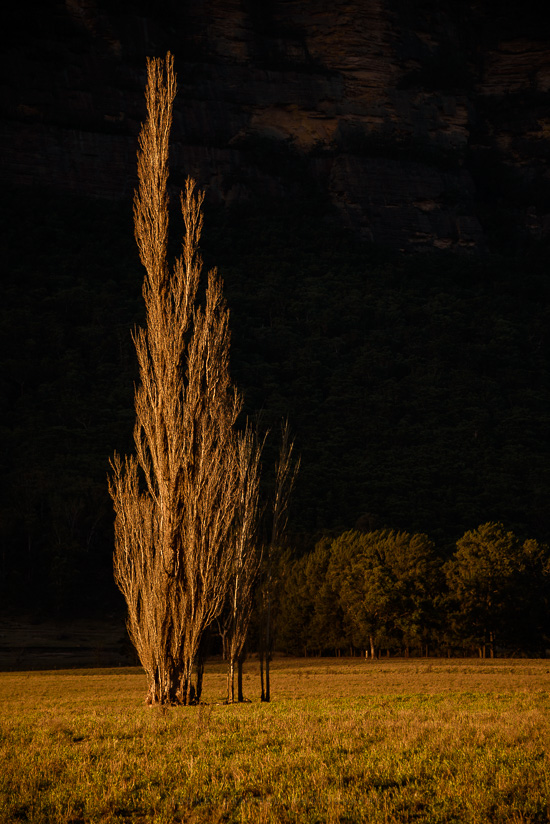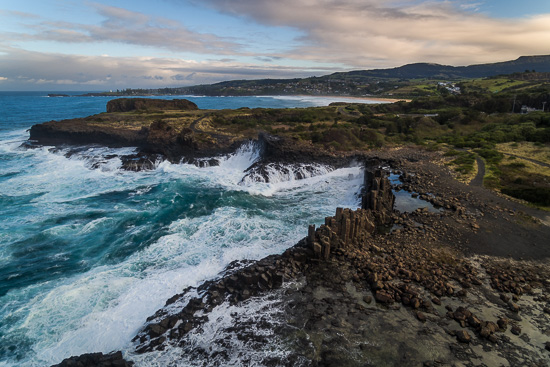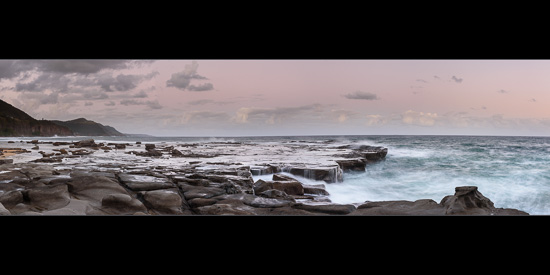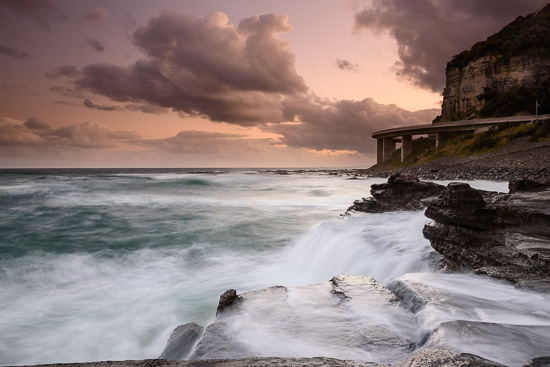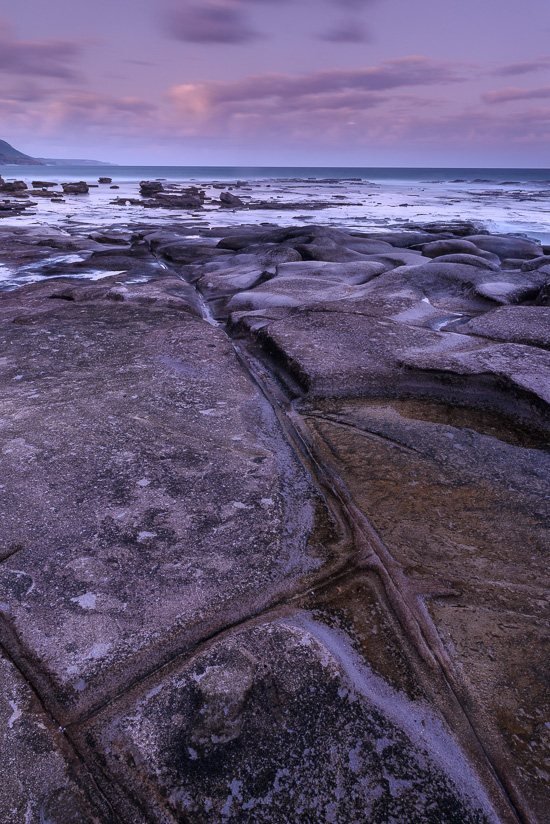Archive for July, 2016
Compress…
by Rodney Campbell on Jul.15, 2016, under Life, Photography
To compress or go wide, that is the question…
I think most people who would look to shoot from this spot under a bridge would opt for a wide angle lens (me included normally :)). Firstly to just “fit” the whole scene in – including the underside of the bridge and all the fantastic supports. Secondly to let that wide angle distortion really pull you into the scene!.
Compress
For me however this was really screaming out to use a longer focal length to compress the scene. Compress all those supporting poles together to make them seem relentlessly marching into the far distance. Compress the feeling of height so it feels like the bridge is really squashing down from above.
Once I got my composition and focal length sorted I opted to go with the Lee BigStopper. This would let me dramatically lengthen the shutter length. The result was to smooth and simplify that water below and all those distractions in the foreground. It also has an additional benefit of just softening those highlights and shadows over the scene as the light subtly changes over time.
So just over two minutes later at a dizzying f/20 (it was bright daytime outside after all and I needed to lengthen the shutter) we’re done.
Glen Davis Oil Shale Ruins…
by Rodney Campbell on Jul.13, 2016, under Life, Photography
One of the most interesting things at Glen Davis is the Glen Davis Works oil shale ruins.
It operated from 1940 until 1952 and was the last oil shale operation in Australia until the Stuart Oil Shale Project in the late 1990s.
Lightbridge
The operation was an important strategic resource during the war era. The refinery used to produce shale oil for national defence purposes from the shale mined within the valley. In its heyday about 2,500 people lived in the township of Glen Davis. Today, the ruins of this once thriving industry can be toured every Saturday at 2pm.
Chasing Shale
Note: These photographs (especially the wider shots) look much better when larger. Click any of the images below to see larger versions in an inline overlay slideshow gallery viewer.
If you are staying on the property however you are able to move about the property fairly freely.
The place is spooky enough during the day :). I’d done a little research before coming here and had worked out that the location might be good for some Milky Way shots at night. It appeared that the location was far away and protected from light pollution way down at the bottom the valley. Providing that the environmental conditions were right.
As it happened we were staying within days of a new moon – tick. Even better both nights we were there we were blessed with crystal clear skies with no clouds – epic!
So on the first evening I headed straight out after dark to capitalise on the conditions. Once at the nearby ruins of the oil shale factory I set to work :).
The skies here were really dark so I was easily able to shoot at ISO 6400 @ f/2.8. These are settings I usually reserve for very dark locations. Not since I was up in far north Western Australia last year have I seen the Milky Way this clearly with the naked eye.
The two images up top were taken with the largest mostly intact structure on the site. I’ve added a little light painting to lift the building out of the darkness.
Below I’m standing within the skeletal remains of a large building. Looking up we’ve the view of the Milky Way streaking through the skies above.
Stars Tumbling
Are you are interested in experiencing this epic location for yourself (in real life :))… Interested in two nights of dedicated astrophotography coaching and tuition… If so definitely sign up for this excellent Shoot for the Stars × Capertee workshop being held at this location with Luke Tscharke & Jay Evans in September this year.
The Poplars…
by Rodney Campbell on Jul.12, 2016, under Life, Photography
A very impromptu weekend away to The Poplars in Glen Davis was organised by a few of my fellow Parallaxis exhibitors. I made haste on a friday for two nights away. Having thankfully received a quick invite and even better the family leave pass to go.
“The Poplars” sits on 250 acres of rural land with two self contained cottages. Just on the other side of Glen Davis at the end of the Capertee valley is where the property sits. It’s about a three hour drive from central Sydney with only the last 35km’s or so on rougher and some unsealed roads.
Capertee
Note: These photographs (especially the wider shots) look much better when larger. Click any of the images below to see larger versions in an inline overlay slideshow gallery viewer.
The whole area has extraordinarily majestic views and includes the ruins of the old oil shale mining works. More on that in future posts :).
The panorama is a stitch of fourteen (14) vertical frames taken handheld. Seeing those spectacular hills in the late afternoon light as I was driving in I had to pull over and take a shot.
I arrived before sunset so I fired up the drone for a quick survey on one of the roads leading in. The interactive 360˚ panorama is attached here.
In and Out
and this one even looks half decent as a flat 2D equirectangular projection.
In and Out
Finally as the sun began to set I sat on the side of the road just outside the tiny semi abandoned township of Glen Davis and watched as these poplars were bathed in the dying light.
Poplar Afterlight
Thus a promising start to what would hopefully be a great photography weekend away.
Bombo Quarry Aerial…
by Rodney Campbell on Jul.11, 2016, under Life, Photography
Located between Kiama Downs and Kiama, the Bombo Quarry site is an impressive and fascinating place. Here the remains of ancient columnar jointing provides us with our own Aussie version of the Irish Giant’s Causeway. The Bombo Headland is home to clusters of hexagonal basalt columns which make for wonderful photographic opportunities.
The basalt walls and columns are a legacy of blue metal quarrying in the 1880s and 1900s. The quarry has since closed, leaving behind a prehistoric land that time forgot.
Bombo Headland
Note: These photographs (especially the wider shots) look much better when larger. Click any of the images below to see larger versions in an inline overlay slideshow gallery viewer.
The main attraction for photographers are these large black hexagonal basalt columns that were left standing to prevent the ocean from entering the quarry.
Ron, Jess, Deb and I made a Saturday trip down to Kiama to photograph the area at sunset. This is typically a sunrise location but I figured shooting the columns from the landward side would also work up to sunset.
I left home around 12:30PM and picked everyone up on the way. By the time we’d arrived and walked out to the site is was 3:30PM. We had roughly an hour and a half before sunset so I fired up the drone to start with. Whilst everyone else fanned out to shoot I flew overhead surveying the area.
I flew around taking some aerial stills and video – the location is just as amazing from above.
This is a 25 frame stitched panorama taken with the DJI Phantom 4 drone. I’ve converted it to a full 360˚ interactive photosphere of the site so you can look around for yourselves. The pano has been taken from just above the main basalt columns. You can see us and other photographers arrayed around the site making their images before sunset.
Coalcliff Pastels…
by Rodney Campbell on Jul.09, 2016, under Life, Photography
These are a few images from a trip down the coast with some of my fellow exhibitors. These Coalcliff pastels were out in force this evening even tho we hadn’t planned to shoot sunset. The plan was to shoot some light painted night images. Looking east out over the ocean with high cliffs behind us to the west usually isn’t typically good for sunset photography. There must have been some cloud out to the west producing these nice pastels in the opposite direction out to sea.
Pastel Paradise
This four (horizontal) frame stitched panorama gives a good sense of the view from on the large rock shelf to the south of Coalcliff just before the Seacliff Bridge. The lovely Coalcliff pastels fill the sky from side to side.
Note: These photographs (especially the wider shots) look much better when larger Click any of the images below to see larger versions in an inline overlay slideshow gallery viewer.
This one is looking south along the coast past the Seacliff Bridge.
Cliff by the Sea
Note in this shot and the panorama before I’ve bumped the ISO to 800 in an attempt to shorten the shutter. In this case 3 stops from about 15 seconds down to 2 seconds. This is so that I retain some of that texture and ropiness in the moving water. Instead of the water going all misty and foggy.
With the sun now dipped over the horizon behind us it’s time for a little long exposure love before it gets really dark.
Pastel Paving
